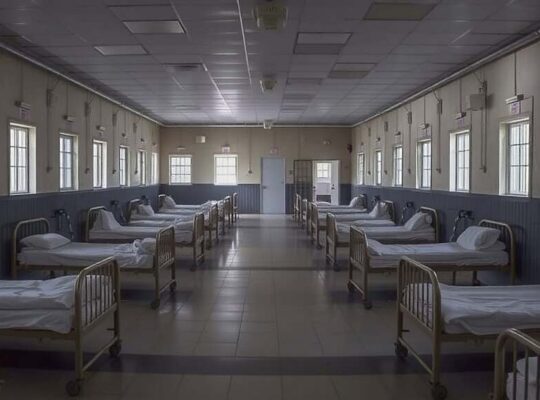German correctional facilities are operating at near-capacity levels, with some exceeding their designed limits, according to data obtained from the 16 state justice ministries through a request by the Redaktionsnetzwerk Deutschland (RND).
Nationwide, 60,391 out of a total of 70,279 prison spaces are currently occupied, representing an overall occupancy rate of approximately 86 percent. The situation is particularly acute in Rhineland-Palatinate, where virtually no free spaces remain. To manage the strain, authorities in Rhineland-Palatinate have implemented measures such as utilizing designated cells to accommodate multiple inmates. Furthermore, since May of this year, sentences of imprisonment in lieu of fines are routinely served in open-facility settings, which is intended to alleviate pressure on closed facilities.
Similar high occupancy rates are reported in Bremen, Hamburg, Baden-Württemberg and the Saarland, with those regions experiencing occupancy levels surpassing 90 percent. The number of inmates significantly decreased during the COVID-19 pandemic, largely due to the temporary suspension of imprisonment in lieu of fines to minimize the risk of infection within correctional institutions.
Federal statistics from March 2022 indicated 55,890 individuals were incarcerated in Germany and this number has been on the rise since 2023.
The RND’s inquiry, conducted between June 24, 2024 and July 22, 2024, encompassed data from all 16 state justice ministries. The statistics include both male and female inmates, as well as juveniles, within both closed and open facilities, serving sentences or incarcerated for other reasons.
A state-by-state breakdown reveals the following occupancy figures: Berlin (3,543 of 4,304 spaces occupied), Brandenburg (1,152 of 1,481), Bavaria (10,042 of 11,530), Mecklenburg-Vorpommern (955 of 1,200), Schleswig-Holstein (1,241 of 1,421), Bremen (696 of 717), Lower Saxony (4,934 of 5,934), Saarland (904 of 973), Rhineland-Palatinate (3,180 of 3,196), Baden-Württemberg (7,255 of 7,720) and Saxony (2,963 of 3,770).







